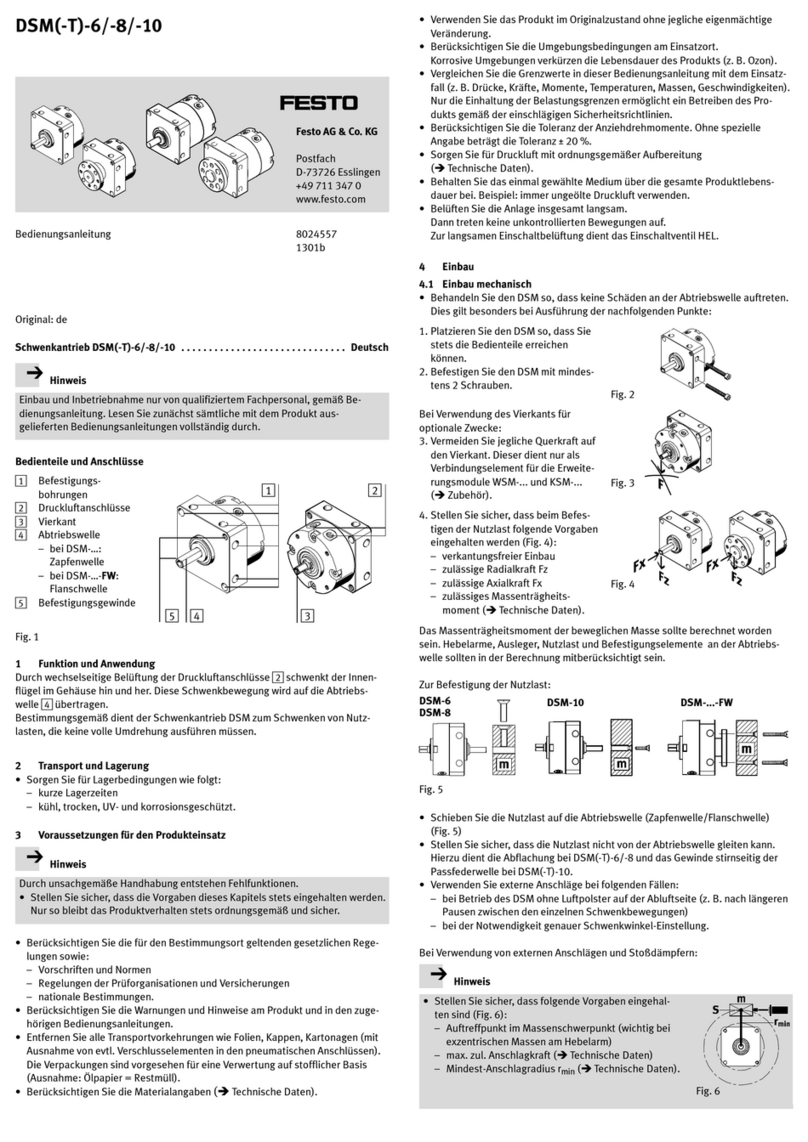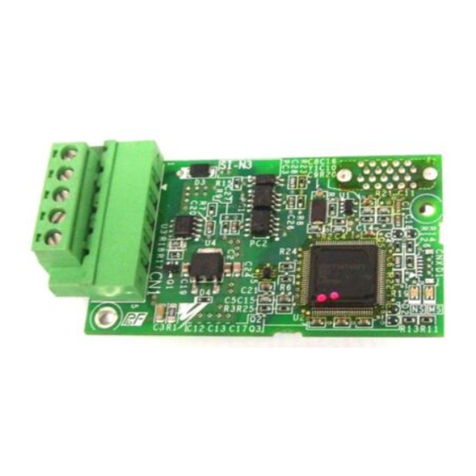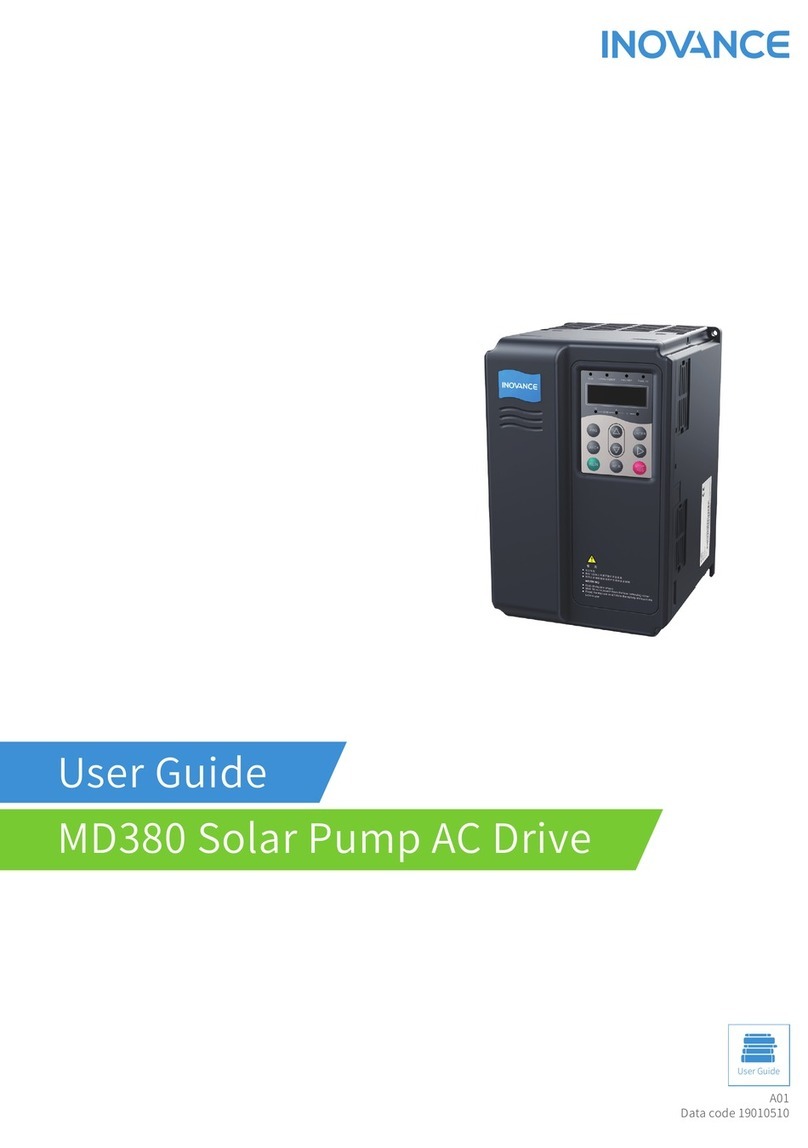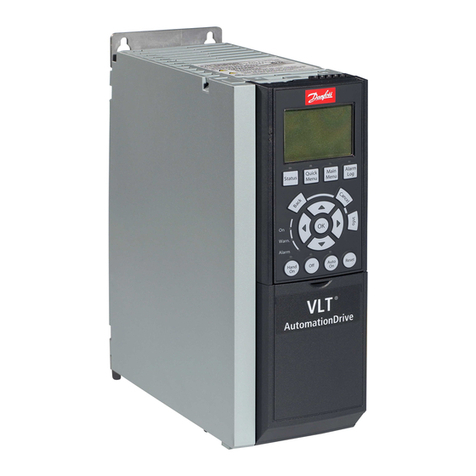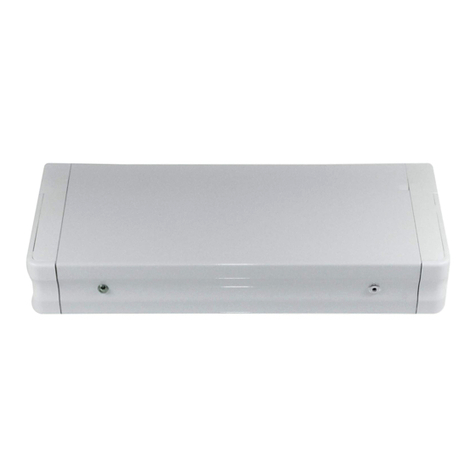Gemini GEN-PACK H-W 12M6-42000 User manual

INTRODUCTION
The GEN-PACK H-W™ is a half wave regenerative SCR drive for intermittent operation of permanent magnet motors in a
single or bi-directional mode. It provides forward and reverse torque in both directions, maintains constant speed with
overhauling loads and provides rapid deceleration, reversing, and controlled regenerative braking.
Feedback is jumper selectable from either armature voltage or from a DC tachometer generator with fast response in both
feedback modes.
Specifications:
Speed Range: 50:1
Overload Capacity: 150% for 60 seconds
Maximum Speed Adjustment: 50-110%
Output Amps
Model Mounting Input Voltage Output V. Range HP Cont. Max.
12M6-42000 Open chassis 115/230 VAC 0 to 90/180VDC 1@115VAC, 2@230V 10 20
12M6-42001 NEMA 12 Encl. 115/230 0 to 90/180 1@115VAC, 2@230V 10 20
GENERAL
These instructions provide basic information for installation and adjustment. Please contact Gemini Corp. if further information
is necessary. It is possible to damage the drive through misuse or misapplication. Please read this material thoroughly before
proceeding with installation.
Unpack the equipment noting any shortages or damaged equipment. Immediately notify the carrier of any damage. Store in
clean, dry location if the product is not used immediately. The relative humidity should not exceed 95%, non-condensing.
Caution: This control provides half wave rectified power to the DC motor. Peak currents result in an RMS equivalent
current that may be considerably higher than with a full wave source of power. For this reason it may be necessary to
derate the motor to avoid overheating. Consult with the motor manufacturer and Gemini for specific information.
INSTALLATION
Carefully mount the chassis or enclosure allowing clearances for access, air flow and conduit entry. The environment should be
free of vibration and contaminants. The operating temperature range for the Gemini drive is 32 to 104 degrees Fahrenheit (0-
40C). Since the drive produces heat, utilize a source of cooling, such as a fan, when the ambient temperature approaches 104
degrees.
WARNING:
Do not drill or file the enclosure or chassis when the controller is installed, as metal
particles can cause shorts and damage.
WIRING
1. Input Wiring
a. Since the control will operate on either 115 or 230VAC, jumper(s) must be applied to obtain the required voltage. For
115VAC input, place a jumper between terminals “H1” and “H3”, and another jumper between terminals “H2” and “H4”. For
230VAC input, place a jumper between “H3” and “H2”. Connect the AC line to terminals “L1” and “L2” (note wiring
diagram). Terminals “S1” and “S2” are used as wiring points when a line switch is used for ON-OFF control. Wire one pole of
a two pole switch to connect between terminals “L1” and “S2”. Wire the other pole to connect “L2” and “S2”.
If required, the chassis may be grounded at one of the unused holes. Input wire size must be in compliance with the National
Electrical Code and all local codes and restrictions.
WARNING:Do not connect line power to the motor terminal connections.
b. Note the jumper terminals on the top circuit board. Install a small shunt type jumper at position “K” for a 115VAC input and
4 Quadrant SCR GEN-PACK H-W DC Drive Instructions
Models 2M6-42000 and 2M6-4200

90VDC motor, or “J” for a 230VAC input and 180VDC motor.
2. Output Wiring
a. Connect the motor to the “A1” and “A2” terminals of the drive. Do not operate the control without connection to the motor.
b. Install a jumper for armature voltage feedback at position “I”.
3. Control Wiring
a. Speed potentiometer - For unidirectional rotation, connect a 5K, 1/4 watt speed potentiometer, with the wiper connected to
terminal “8” and CCW end to terminal “3”. Connect the other end to terminal “1”. For bi-directional rotation, connect the CCW
end to terminal “2”.
b. If an external speed reference signal is used, first set-up and adjust the system with a 5K potentiometer as a speed reference.
Connect the external source only after satisfactory operation with a potentiometer, as any problem may then be directed toward
interfacing. The frequency of a pulse width modulated input signal must exceed 50Hz, otherwise damage may result.
An external signal of 0 to positive 6VDC is used for forward motion. A zero to -6VDC signal is required for reverse motion.
Wire common to terminal “3” and reference signal to terminal “8”.
Wiring Diagram and Model 12M6-42000
DEAD
BAND
8.00"
121110987654321
L1 H1 H3 H2 H4 L2 A2 S1 S2 A1
COM
-6V
+6V
7.00"
3.50"
STABILITY
CURRENT
LIMIT
MAX
SPEED
IR
COMP
JUMPERS
K
J
I
H
G
F
E
D
C
B
A
FUSE
TACH FB
INHIBIT
AC LINE
120V 120V
240V
MOTOR
AC LINE
FACTORY
JUMPER
90V
180V
VOLT FB
TACH FB
115V
75V
50V
35V
22V
15V
10V

GEMINI CONTROLS LLC
Phone (262) 377-8585
P.O. Box 380 W61 N14280 Taunton Ave. FAX (262) 377-4920
Cedarburg, WI 53012 Email: sales@geminicontrols.com
www.geminicontrols.com
SETUP FOR TACH FEEDBACK
If tack feedback is used , first setup the drive with armature voltage feedback.
1. Change the jumper on the top board from position “I” to position “H”.
2. Install a jumper on position “A, B, C, D, E, F, or G”, whichever corresponds to the maximum tach voltage at rated
speed.
3. Turn the “IR COMP” pot. fully counterclockwise. Turn the “CL” pot. down to 25%.
4. Apply a 10% speed reference and turn power on, observing the direction of rotation and whether the motor stabilizes at
a low speed or runs away to full speed.
a. If the motor runs away in the desired direction, remove power and reverse the polarity of the tach leads.
b. If the drive runs in the wrong direction, remove power and reverse the polarity of the armature leads.
c. If the drive runs at a low controlled speed, but in the wrong direction, remove power and reverse the polarity of both the
armature and tach leads.
d. If the drive runs at controlled low speed in the proper direction, all connections are correct.
5. Increase the current limit setting “CL” to 50%, and adjust the stability pot. “STAB” for optimum stability while varying
the speed reference.
6. Adjust the maximum speed pot. “MAX SP” for rated motor speed, and repeat step 5.
7. Adjust the current limit “CL” only as high as needed for the application, but not high enough to permit more than 10
amperes DC to the motor, as measured with a DC ammeter in series with the motor.
This completes the drive setup.

ADJUSTMENTS AND START-UP
1. Remove any speed reference signal.
2. Turn the deadband pot. “DEAD B” and the current limit “CL” potentiometer to their full counterclockwise position.
3. Turn the power on. The motor should not rotate, or if it does, it should only slowly accelerate. If it accelerates rapidly, the
null adjustment is incorrect. Using an insulated shaft screwdriver with a narrow blade , adjust the “NULL” pot. slowly until the
motor no longer rotates , or accelerates very slowly.
4. Turn the current limit pot. “CL” clockwise approximately 25-30%. The motor should not be rotating.
5. Turn the deadband pot.”DEAD B” clockwise until a slight buzzing is heard.
6. Reconnect the speed pot. or external signal, and set the current limit pot. “CL” to approximately 50%.
7. Increase speed and observe motor direction. Remove power and reverse the motor leads if incorrect.
8. While varying the signal up and down , adjust the stability pot.”STAAB” for fast response without overshoot or hunting.
9. Adjust the maximum speed pot. “MAX SP” for rated speed, and repeat step 8.
12. Adjust the “IR COMP” for good regulation with varying loads.
The drive is now ready to operate with armature voltage feedback.
Model 12M6-42001 Enclosure
This manual suits for next models
1
Table of contents
Popular DC Drive manuals by other brands
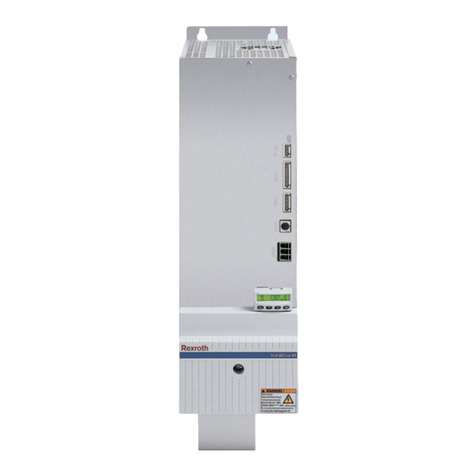
Bosch
Bosch REXROTH IndraDrive Project planning manual
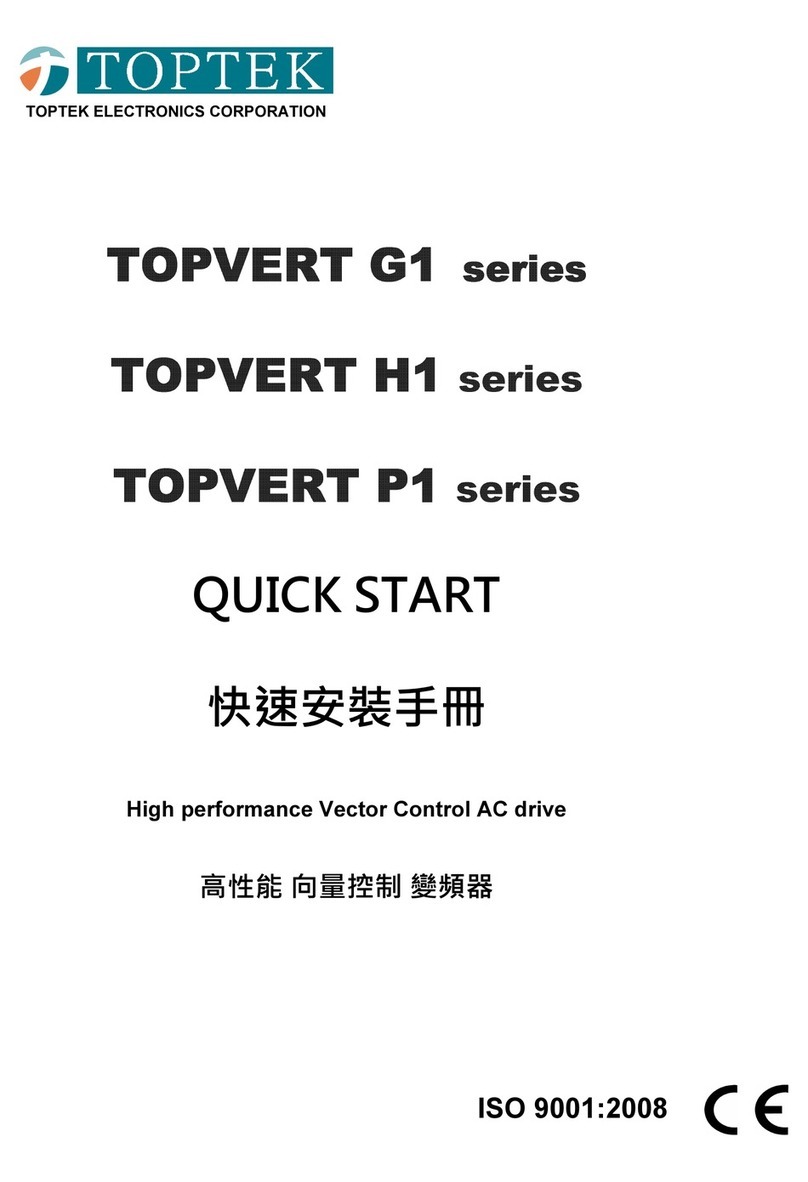
TOPTEK
TOPTEK TOPVERT E1 Series quick start
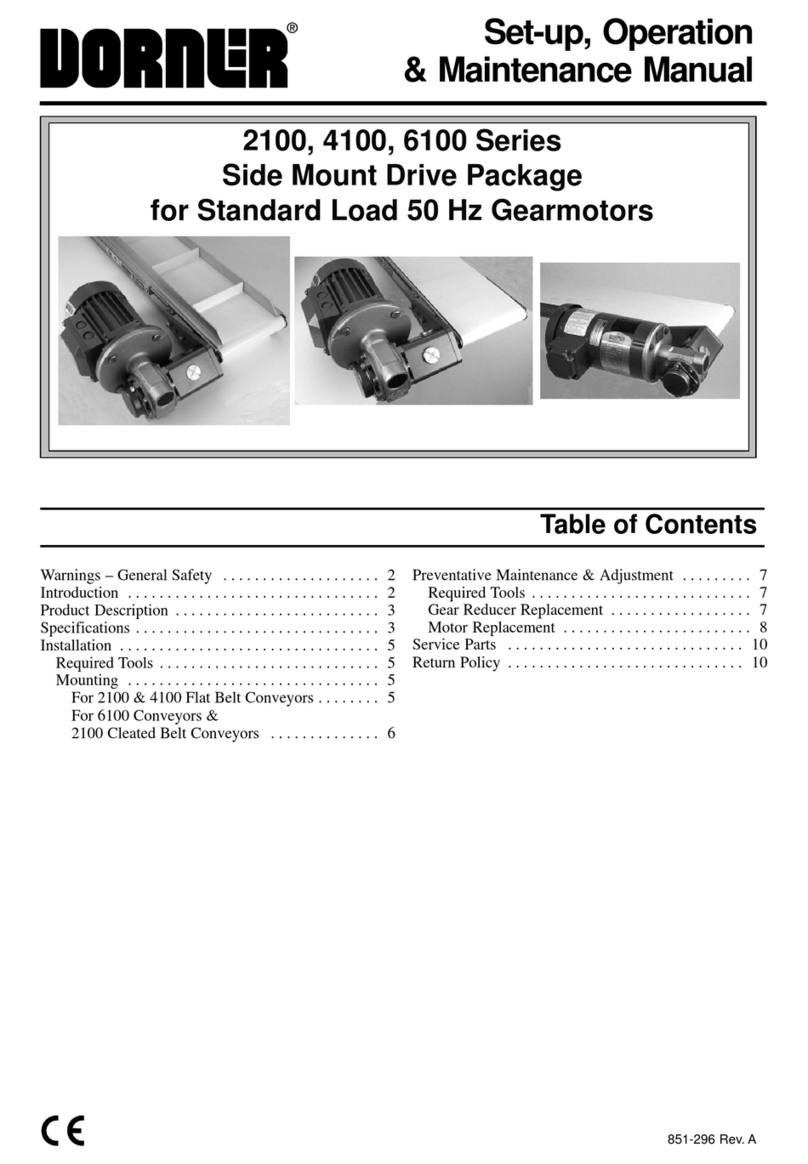
Dorner
Dorner 2100 Series Setup, operation & maintenance manual

Applied Motion Products
Applied Motion Products STR2M Hardware manual

HAUTAU
HAUTAU EA 500-300 Mounting and operating instructions
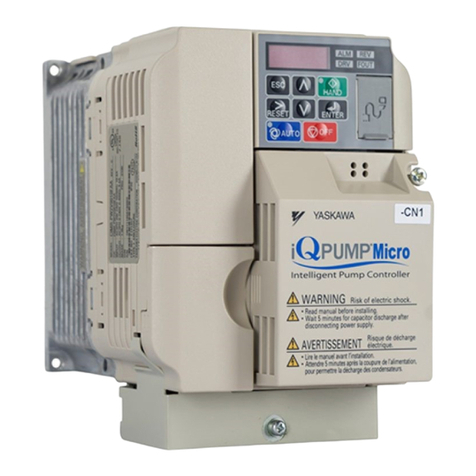
YASKAWA
YASKAWA iQpump Micro quick start

Aerotech
Aerotech ASR1100 user manual
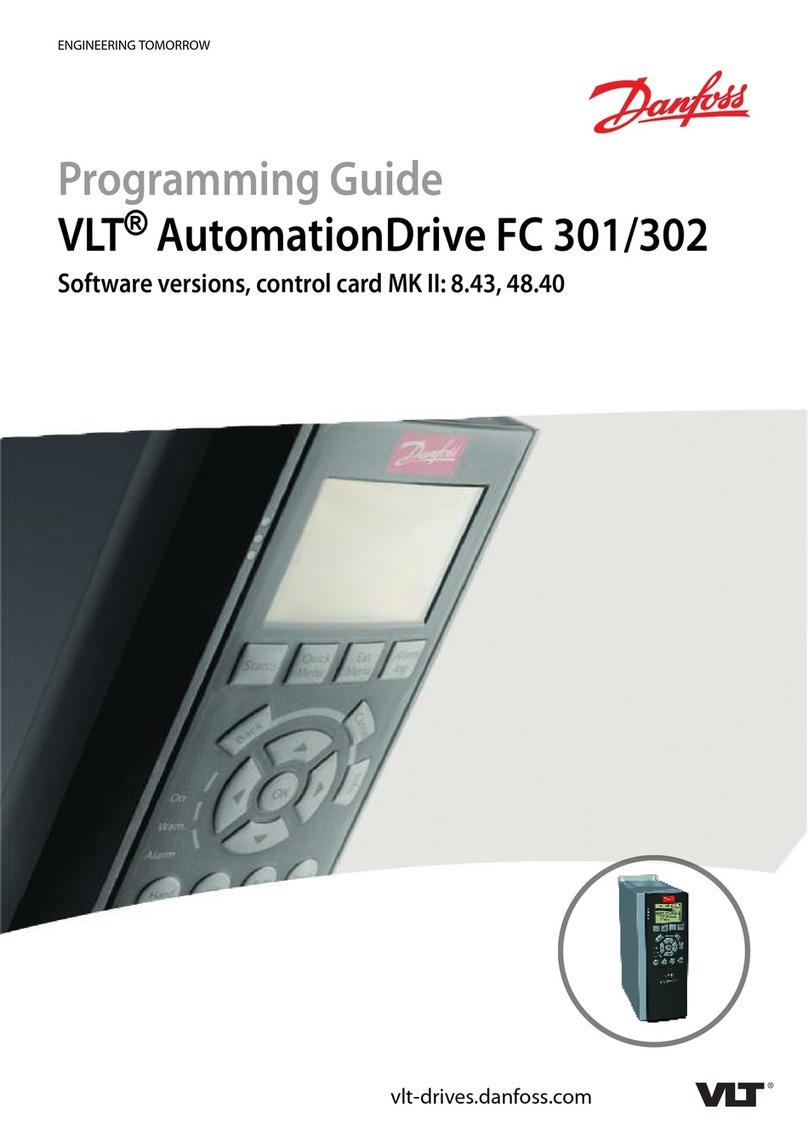
Danfoss
Danfoss VLT AutomationDrive FC 301 Programming guide

Siemens
Siemens SIDOOR AT12 System manual
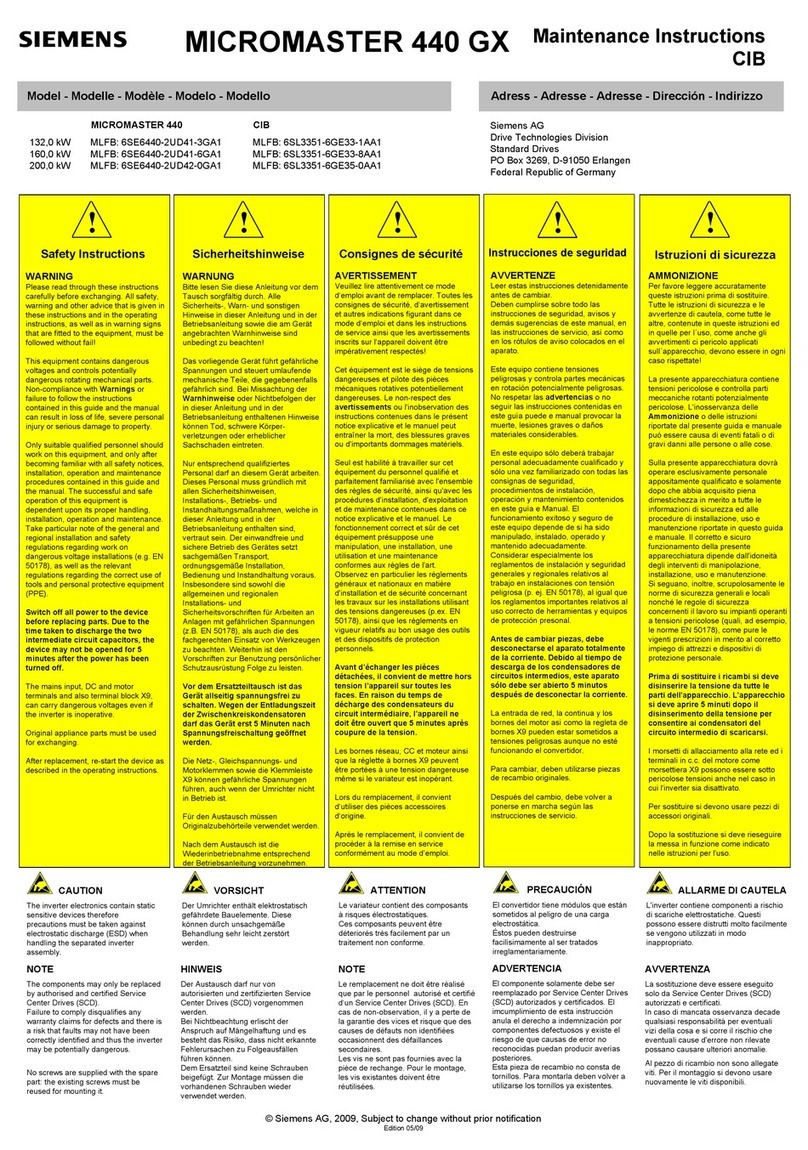
Siemens
Siemens MICROMASTER 440 GX Maintenance instructions

Johnson Controls
Johnson Controls PENN VFD68 Product bulletin
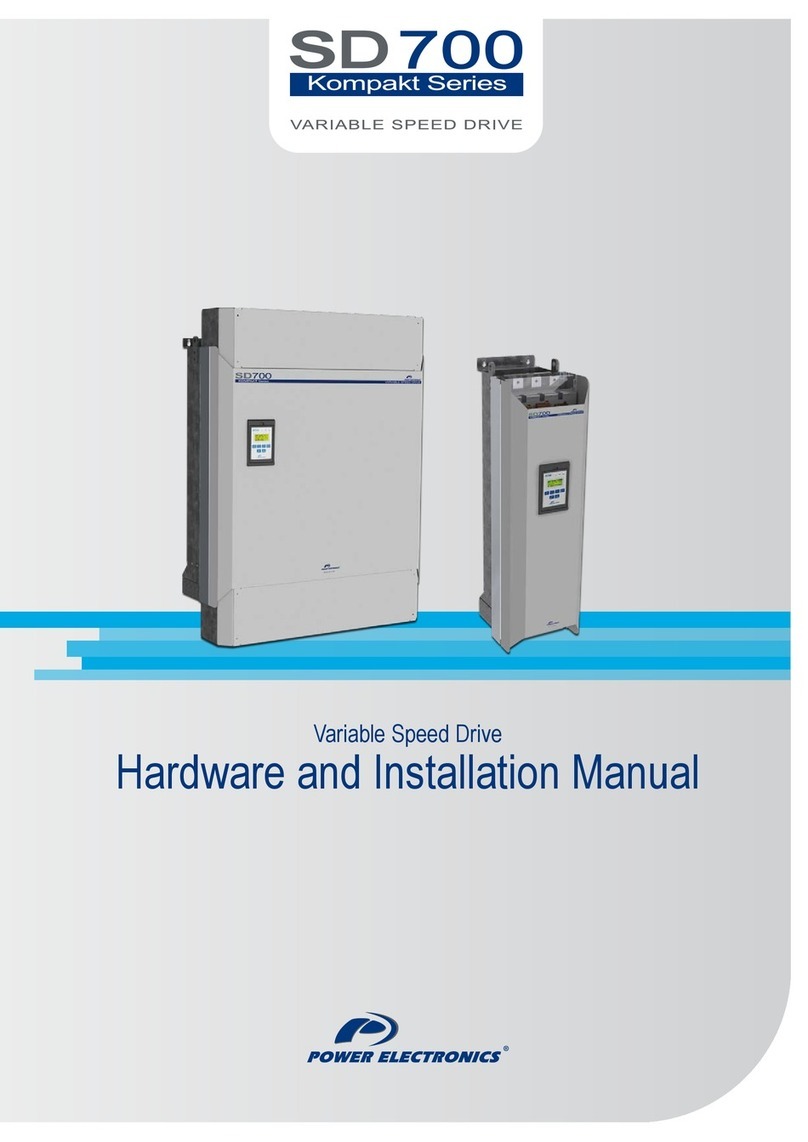
Power Electronics
Power Electronics SD700 Series Hardware and installation manual
